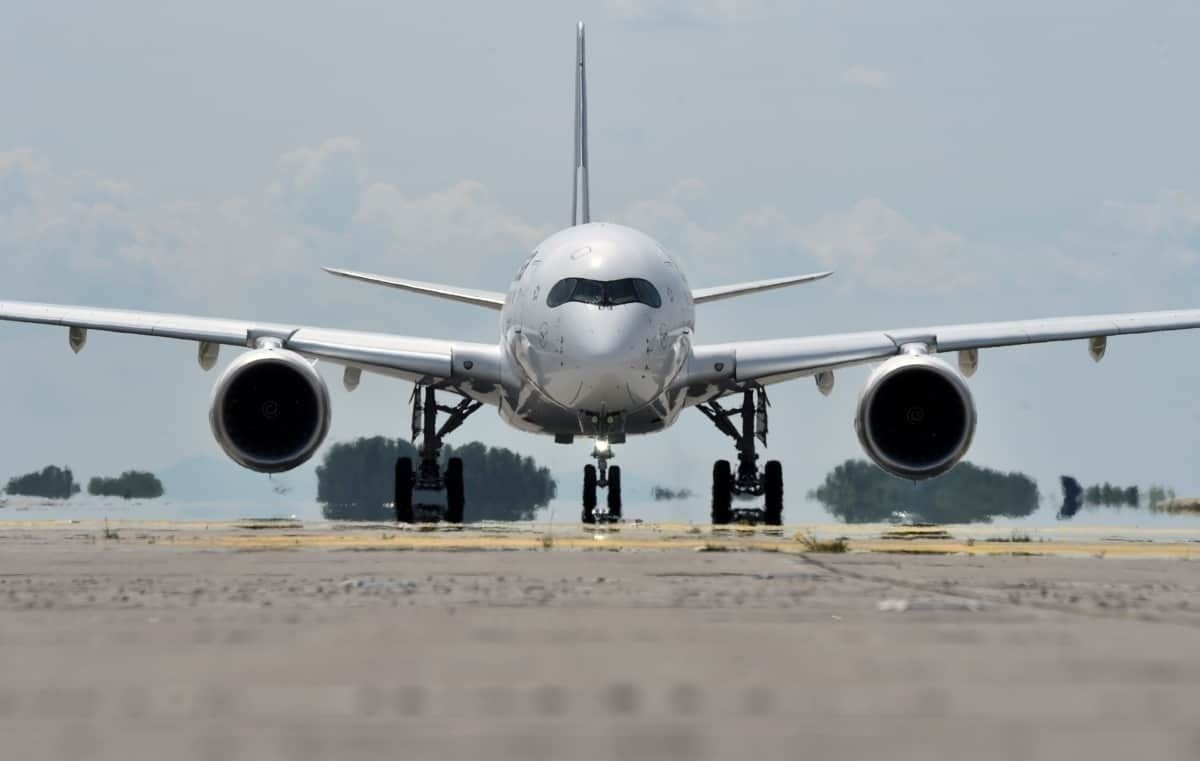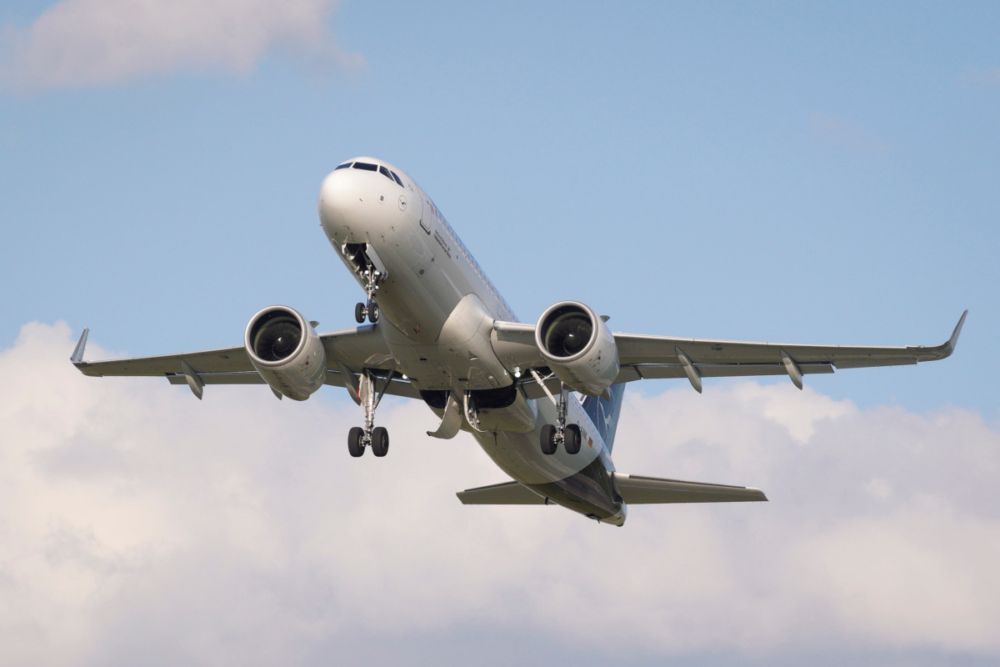German flag carrier Lufthansa has managed to cut CO2 emissions by working with the Deutsche Flugsicherung (DFS). In April and May, the airline tested more efficient approach procedures to cut down on unnecessary CO2 emissions.
While the main issue affecting the aviation industry right now is understandably the current pandemic, the industry hasn't stopped its work on becoming cleaner and greener. Earlier this week, Airbus launched its bid to build a hydrogen-powered aircraft. Meanwhile, rival Boeing completed its latest round of ecoDemonstrator testing. It's not just the manufacturers working to address this, as was shown with the partnership between Lufthansa and the DFS.
What was achieved?
Typically aircraft descend into an airport in stages. For example, they may first drop from 39,000 feet to 33,000 feet, then 25,000 feet, 21,000 feet, 10,000 feet, and 4,000 feet before starting their final descent. Such operations see engine power continually shifted between descent and cruise configurations.
Lufthansa took the opportunity of lower flight volumes within Germany to test continuous descents at both of its hubs, Frankfurt Airport, and Munich Airport. Optimal approaches were planned both laterally and vertically from over 200 miles out of each airport.
Stay informed: Sign up for our daily aviation news digest.
This removes the need to level off the aircraft at intermediate points while waiting for further clearances. In this instance, around half an hour from landing, airplanes are given approvals from the upper airspace, all the way to the initial approach point. This is where the aircraft start their approach to the airport to land.
The pandemic actually helped
While the ongoing pandemic has been devastating to the aviation industry in many ways, it was actually able to help with this trial. The DFS commented that the drastic decline in traffic even created the opportunity to test the idea. Typically Frankfurt and Munich would be far to busy to allow for such trials. However, currently, just one terminal is open at Frankfurt Airport due to the reduced passenger numbers.
The new concept was brought to trial in just five weeks, and it is already yielding results. According to the DFS, During the two-month trial, Lufthansa reduced its CO2 emissions by 2,000 tonnes. Now, remember that Lufthansa was operating a skeleton schedule during these months. One can only imagine how much greater the figure would be if this could be applied to every single flight.
Commenting on the trial, Dirks Mahns, Chief Operating Officer (COO) at DFS, said,
"DFS sees itself as a service provider. In addition to our primary core task of ensuring the safety of air traffic, we also focus on meeting the needs of airspace users. Our common goal is to avoid or reduce the pollution associated with air transport as far as possible."
What do you make of the results? Let us know your thoughts in the comments!




